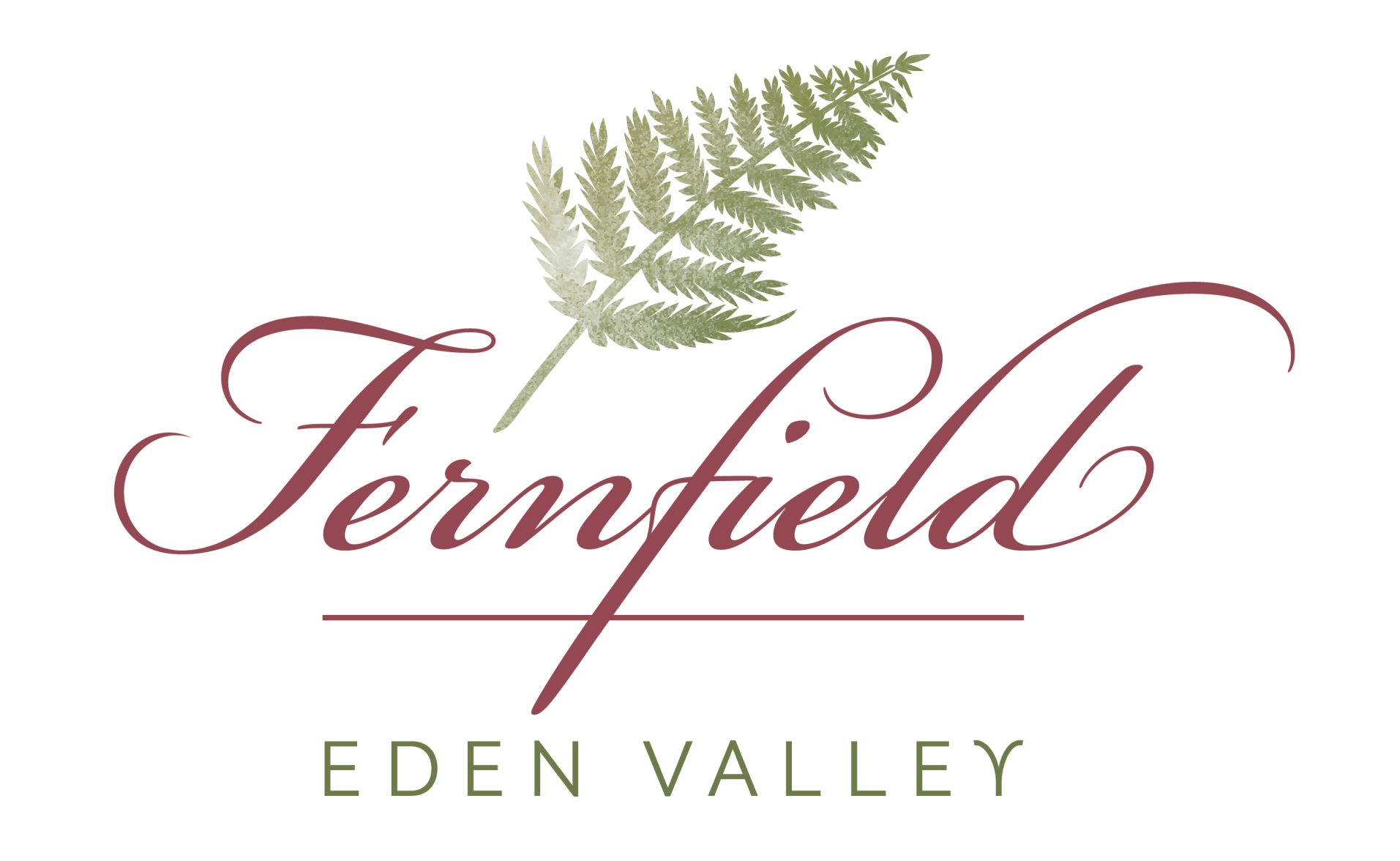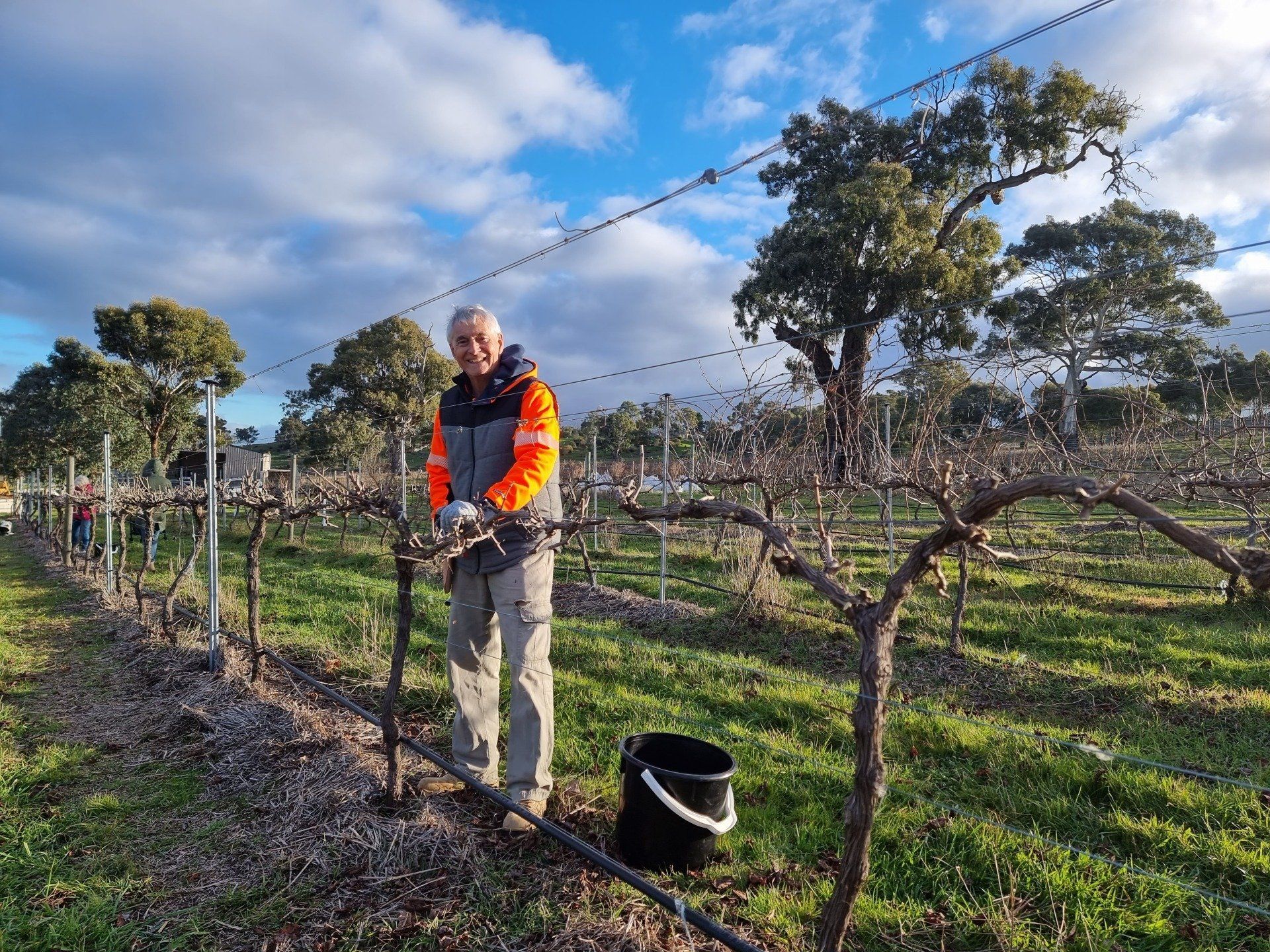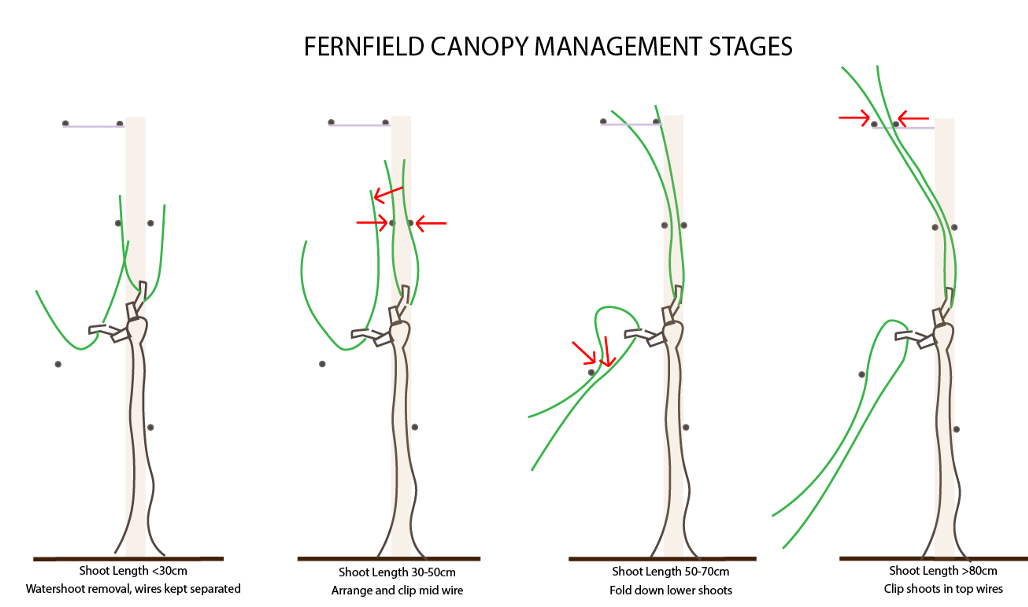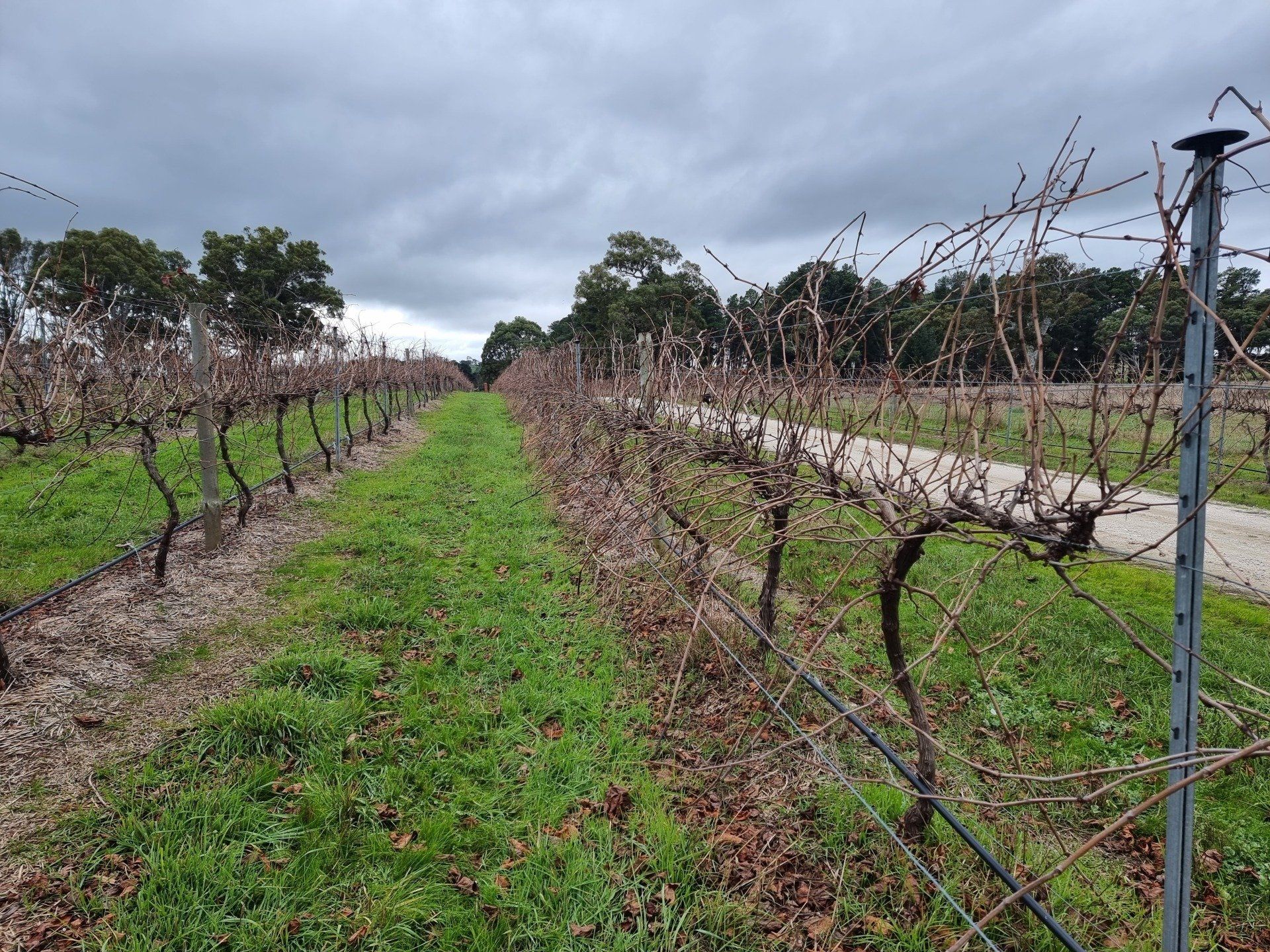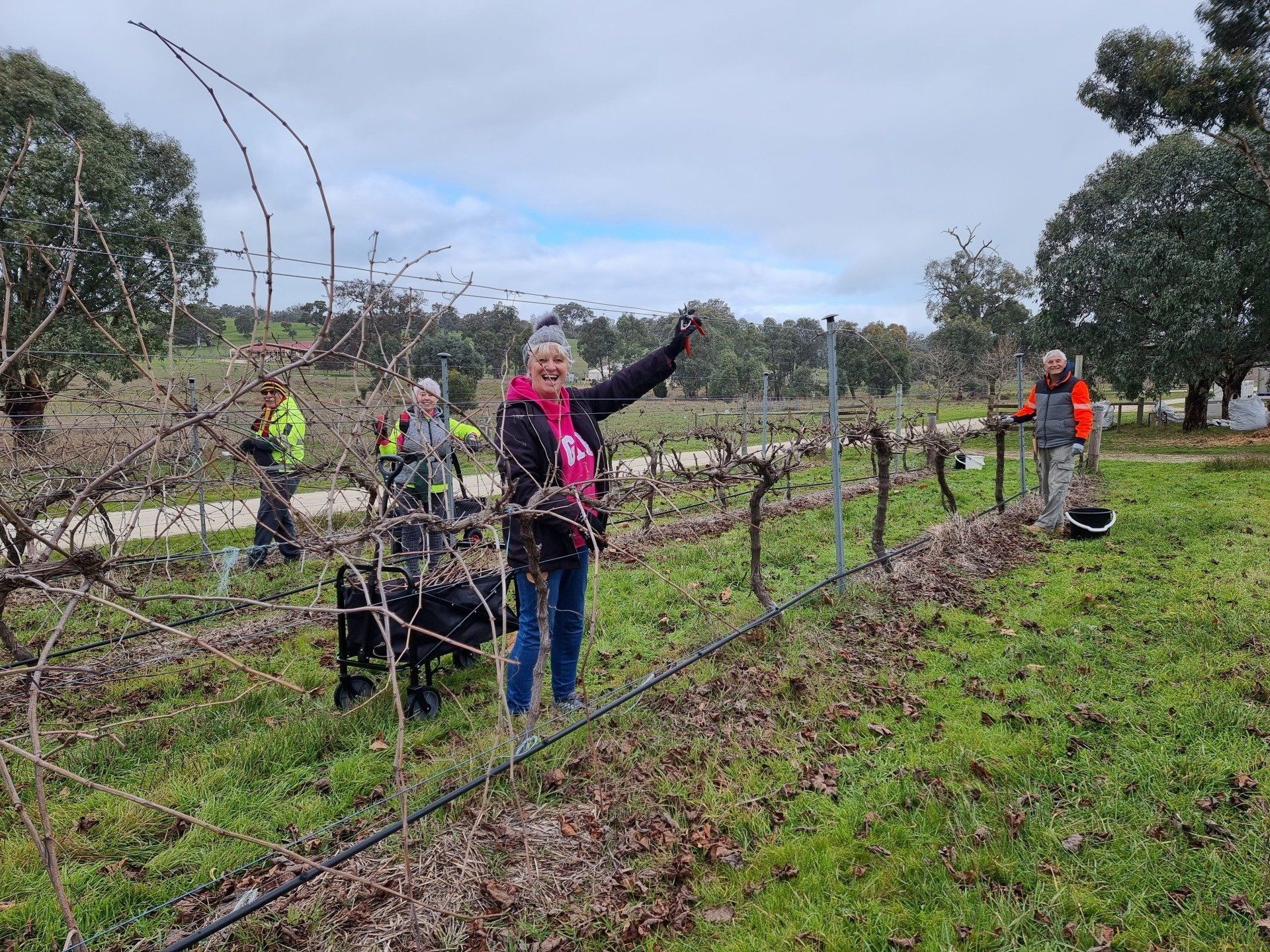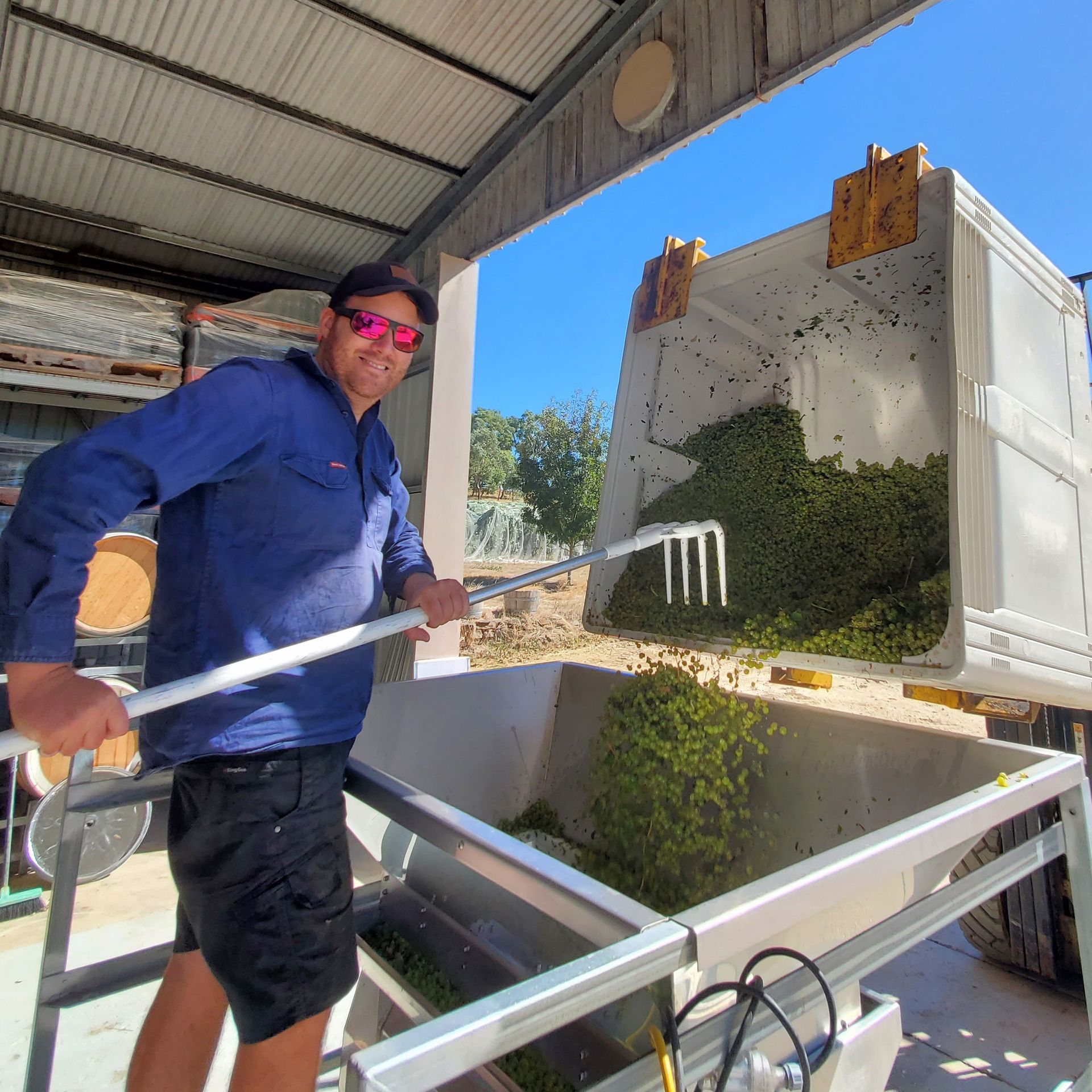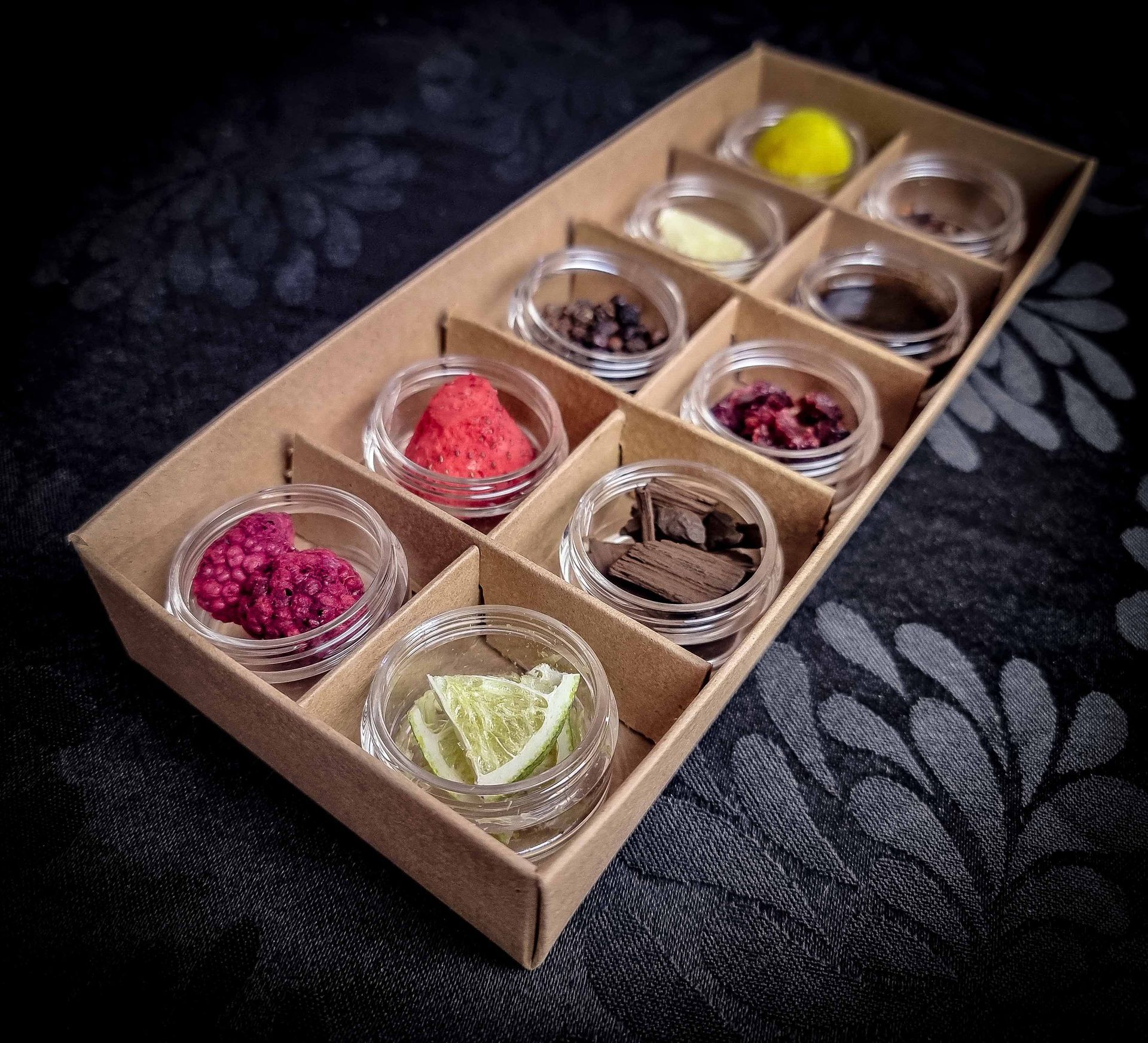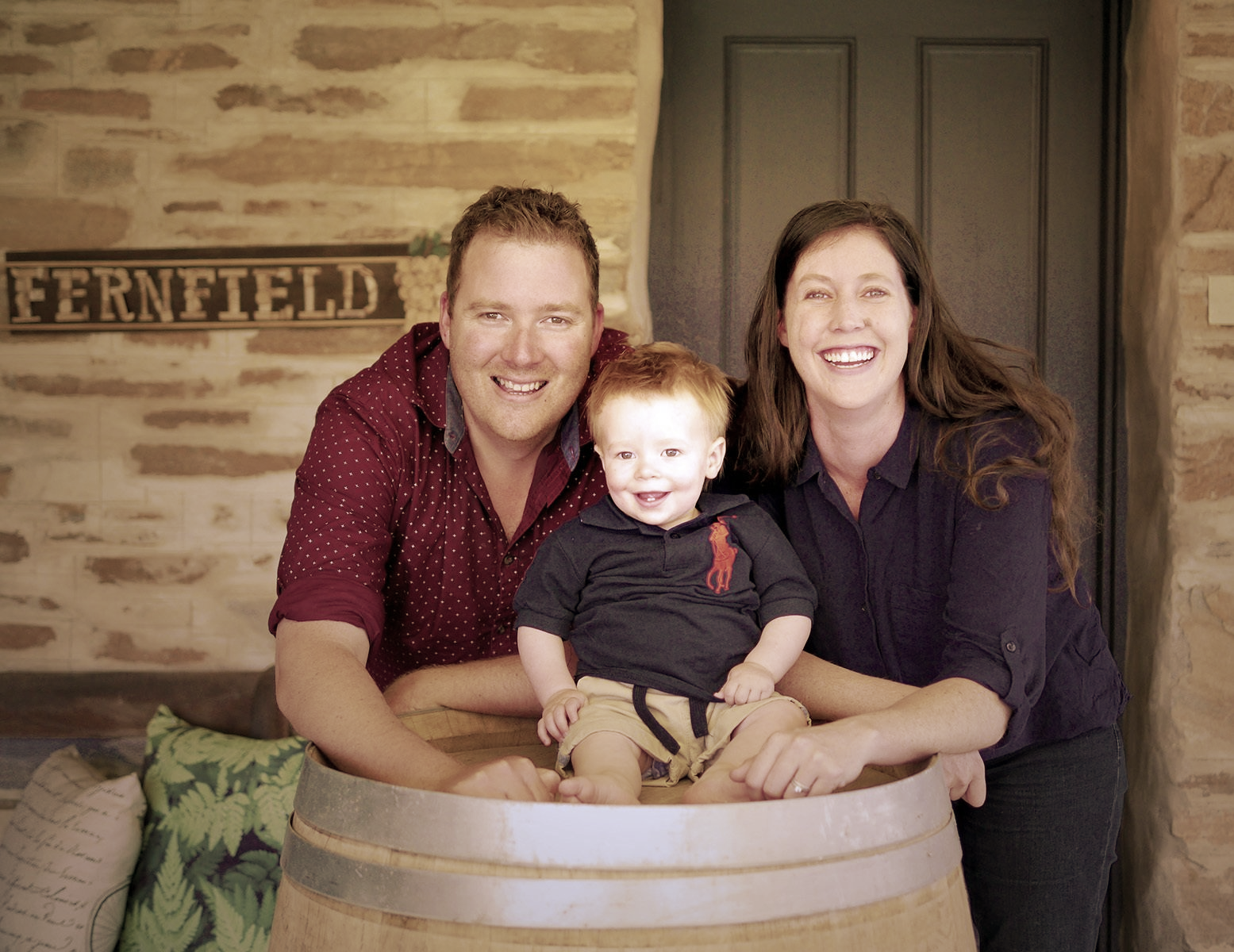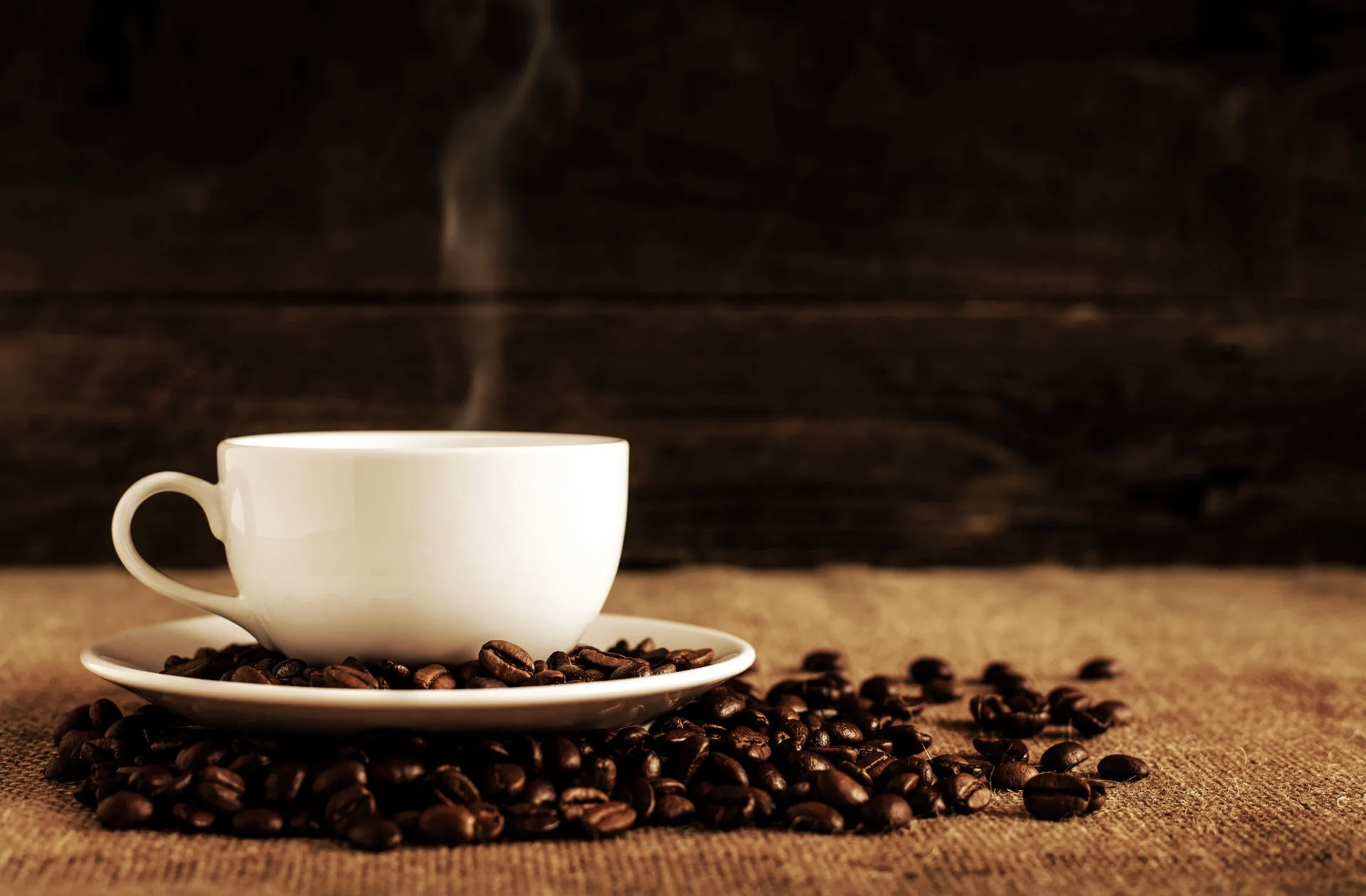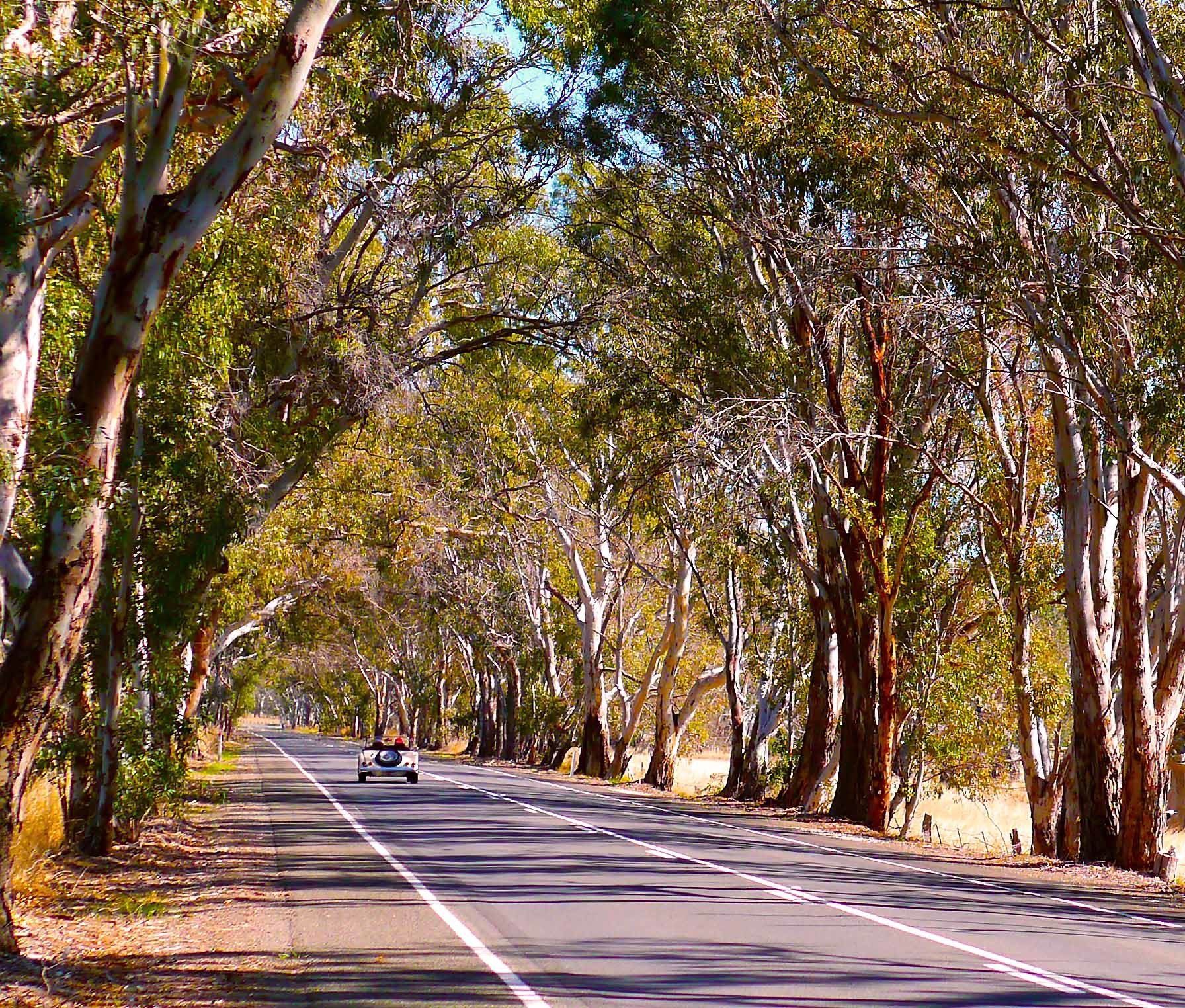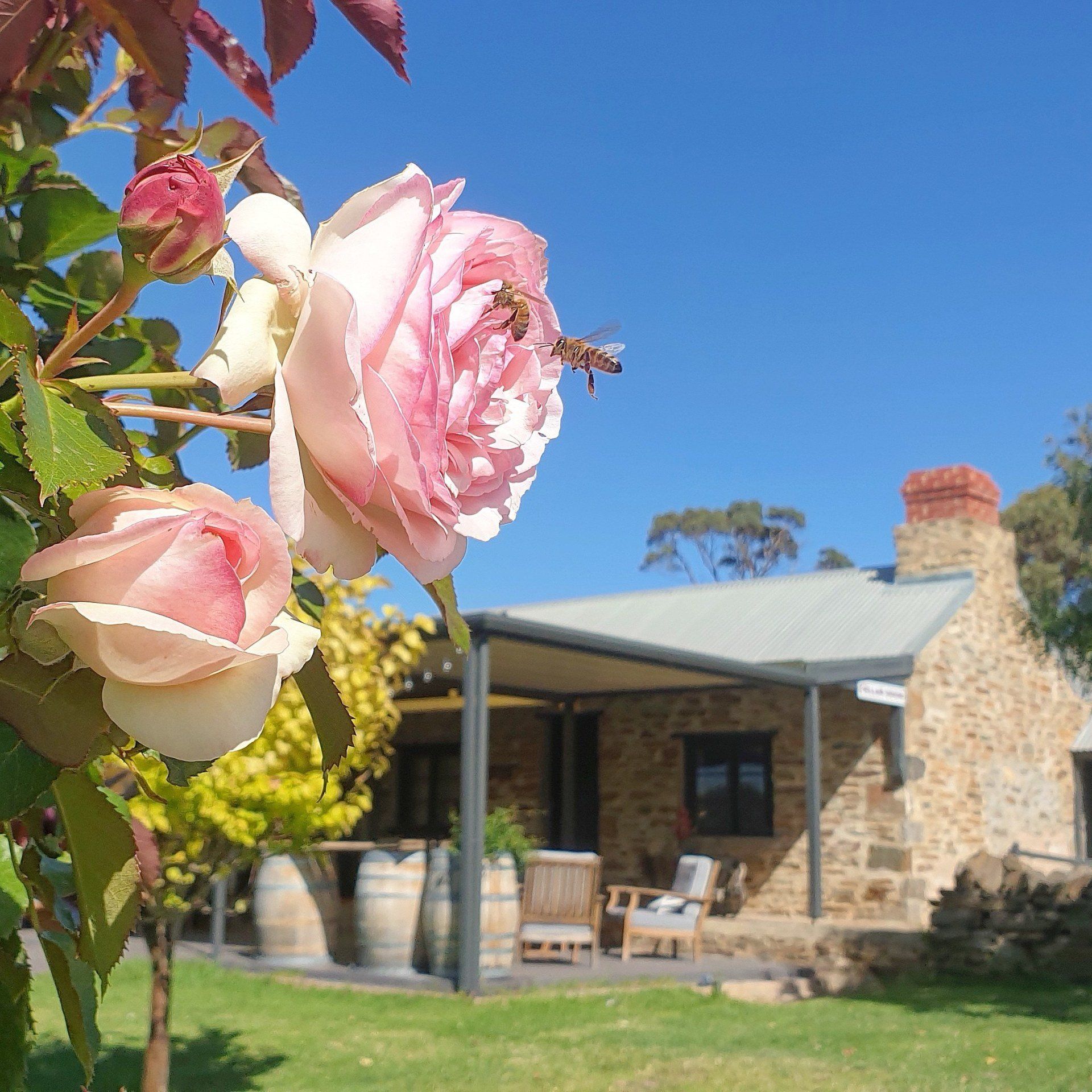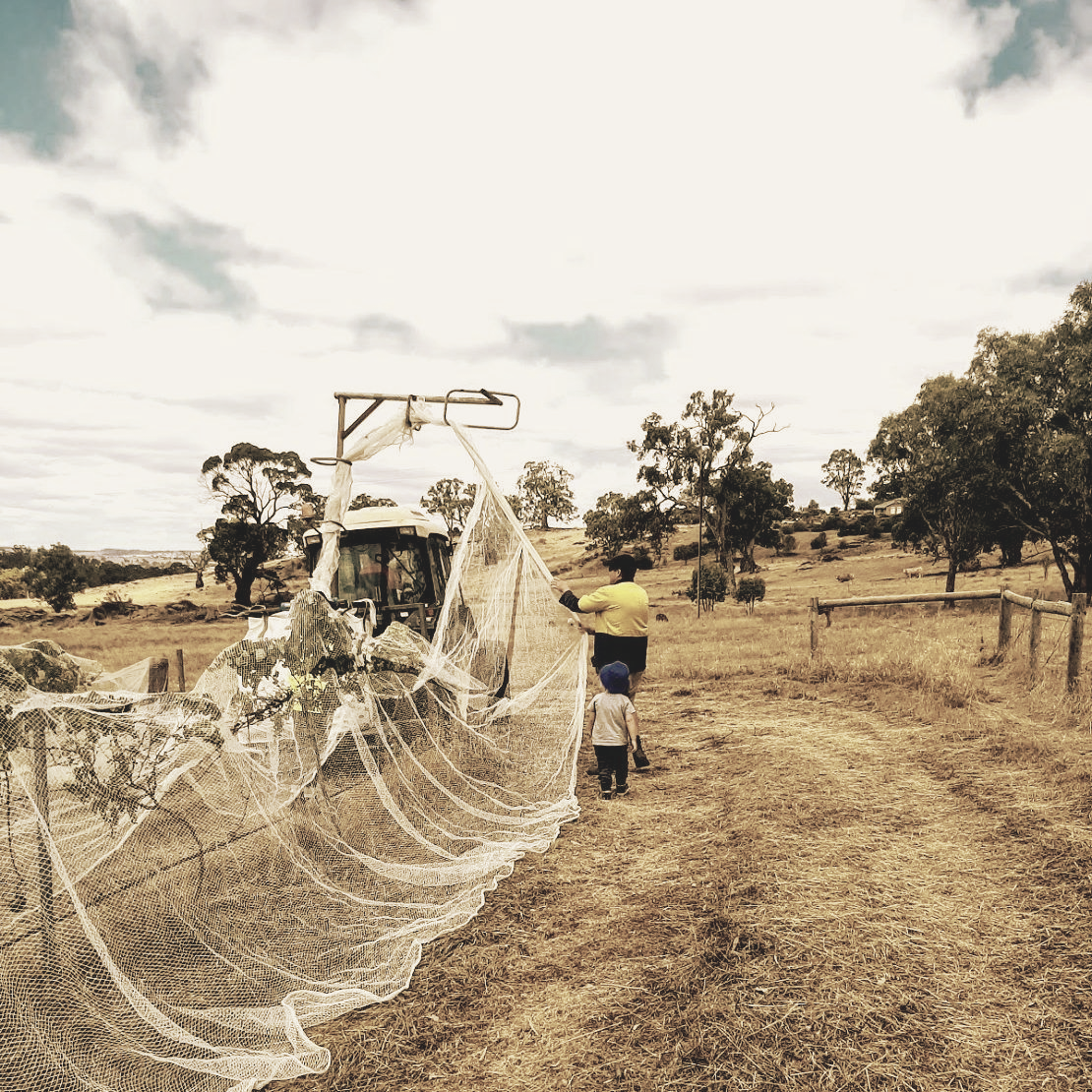The complex strategy of pruning is often a surprise to guests visiting our vineyard on a Winery Tour, with comments along the lines of "I didn't realise there was so much thought in it!" being very common. The truth is, pruning is an incredibly important part of growing winegrapes, and industry knowledge has come a long way in recent years, meaning there's far more to it than the old assumption of just choosing between cane or spur, and how many buds you leave.
The Basics
The basic & traditional principles of grapevine pruning are:
- Buds you leave on one-year-old wood will grow into a cane that will fruit well
- Buds you leave on older wood will grow canes known as 'watershoots' that won't grow much fruit
- The more buds you leave, the smaller each individual cane will be.
Leaving too many buds can result in too much shade in your canopy, reducing wine quality and increasing disease risk, but leaving too few buds can result in excessively long canes, and reduce the yield potential of the vine, so it's a fine balance. Most growers find between 20 and 30 buds one one-year-old wood per vine is a sweet spot.
The two most common structures used in Aussie vineyards are spur pruning and cane pruning with some canopy catch wires. Spur pruning leaves a permanent T-shaped vine of older wood (a vertical trunk and horizontal arms), with 10-15 little spurs left behind on the arms each season, each spur containing 2 buds. This has the advantage that you've got a big chunky arm 'pipeline' to carry nutrition and water throughout the plant, but it has the downside that there's more opportunity for watershoots, and the productivity of the vine is reliant on that permanent arm being healthy (see below!). Cane pruning maintains only a permanent vertical trunk, and each year two long canes from last year's growth are kept, with all other growth removed, and these two canes bent down to form this year's horizontal arms. Cane pruning is more labour intensive than spur pruning and grows less evenly, but reduces the number of watershoots you need to manage and produces fewer, but larger bunches, which can make picking easier.
Despite what some enthusiastic wineries on either side of the fence say, research has found no difference in yield or quality between the two methods, the best choice depends on what canopy management is in place and what the grower prefers.
There are other pruning systems used - such as bush vines, or mechanical pruning - but spur and cane pruning makes up the vast majority of Aussie vineyards.
Smart-Dyson Canopy System
We've written previously about
our use of Smart-Dyson canopy management in our vineyard. We converted the Shiraz two years ago and the Cabernet Sauvignon last year, and we are beyond thrilled with the improvement in vineyard performance and wine characters. So this year, the rest of the vineyard is getting the same medicine!
In a nutshell, Smart-Dyson involves using wires to manage the canopy. Smart-Dyson improves ripening rate, reduces disease risk and increases the production of colour & certain beneficial flavours in the grape skin, so it is well suited to cool-climate regions like Eden Valley.
Now we're going to get a little more of the fun (well I find it fun), we've actually custom modified the Smart-Dyson standard system to more of what's called 'The Solar Collector' and then we've added to it the 'Lazy Ballerina' shading system. To break that down a little, the solar collector, rather than pointing straight down, is folded down and to the side, which allows maximum sunlight during early stages of the grape development and then as the bunch gets bigger and heavier it tucks in under the foliage for shading during summer.
The Lazy ballerina aspect as basically a little tilt on the top of the canopy, in our case to the west, to provide some bunch shading during the hottest part of the day. Check out our little diagram of how we adjust our canopy over the season (image below). There are now years of research into the affects of sunlight, from the now-classic 'Sunlight Into Wine' by Mike Robinson and Richard Smart (yes that 'Smart') to dozens of studies since narrowing down the best times to let in the light!
Our Shiraz. On the left you can see the Eastern side of a row with all the canes pointing up. On the right is the western side of a row with curved canes going downwards
To facilitate a Smart-Dyson canopy, we are using spur pruning, with spurs facing the directions we want our canopy to grow - so each vine has about 8 spurs pointing up, and 6 spurs pointing west. No spurs point east, which will help us later when we're lifting the canopy on the East, and lowering almost the canopy on the west.
Soft Pruning
A new school of thought (well possibly revisiting some traditional approaches) has come up in the past few years, led by an Italian team Simonit & Sirch. I'm proud to say Scott was an early adopter of the S&S principles, using Google Translate to read about their ideas before their books were published in English. It's now become pretty mainstream and recommended by the AWRI while being used in a growing number of vineyards.
The key point of S&S 'soft pruning' theory is that when you cut live wood, you damage the plant, and the dieback caused by the cut will restrict sap flow past the wound. This will reduce the health and productivity of the vine. There's a lot of sensible reasons behind this theory, and so we adopted soft pruning last winter.
Work Cut Out for Us
As well as managing Smart-Dyson and soft pruning principles, our team is also managing disease risk by painting all cuts with an anti-fungal paint, and removing all the wood we cut off from the vineyard (as dead wood can carry diseases).
It's a massive undertaking, and one we have found from experience can only be done by an incredibly trustworthy team. We've had both good and bad experiences with employing people to prune, but in every case we've found that someone who cares about the outcome and want to do a good job is better than a professional who is trying to get the job done quickly.
Lucky for us, the perfect team was available this year,
One day a week, every week this winter, both sets of parents are coming out and cutting, painting, lugging cuttings and generally being the best pruning team a winery could hope for. So far the result is wonderful, the vineyard looks the best it ever has and we're excited to see it grow in Spring!
Also, shout out to Albus, the world's first pruning Labradoodle, who tried so hard to help pull the canes off the vines for us, only to get too tired and need a little rest...

